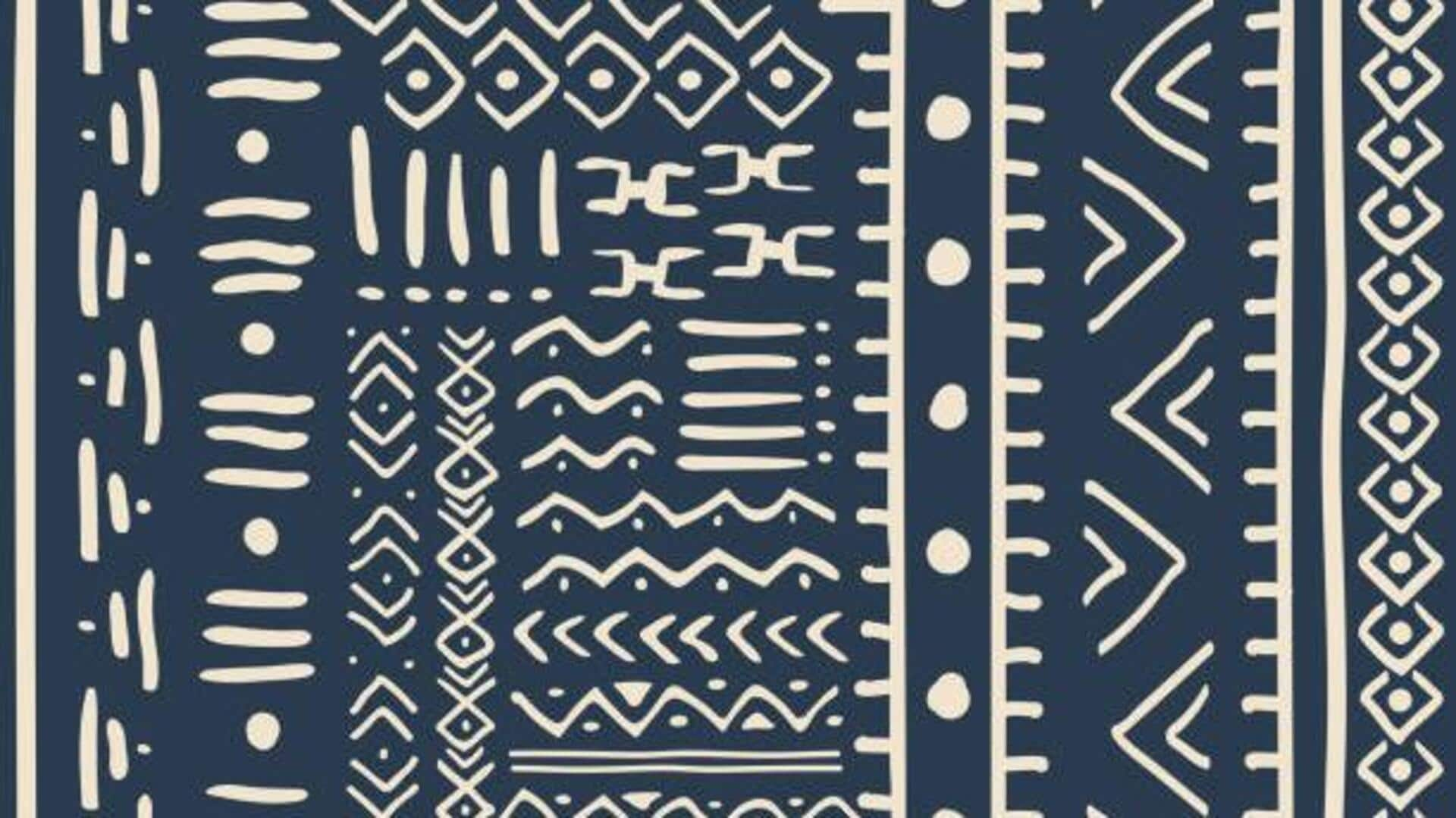
How to create authentic mudcloth patterns
What's the story
African mudcloth, or bogolanfini, is a traditional textile from Mali, West Africa. The unique fabric is made from fermented mud and natural dyes, and is known for its distinctive patterns and cultural significance. Crafting authentic mudcloth requires an understanding of the traditional techniques and materials used by artisans. Here are some insights into creating this unique textile, exploring the process and elements that make it truly authentic.
#1
Understanding traditional techniques
The making of African mudcloth involves several steps. First, strips of cotton are woven together to form a large piece. The fabric is then dyed with natural plant-based dyes. After drying, fermented mud is applied in intricate patterns using a wooden stick or brush. The mud is left to dry before being washed off, revealing the design. This technique has been passed down through generations.
#2
Natural dyes in mudcloth
Natural dyes are an integral part of crafting authentic African mudcloth. Plants such as leaves, roots, and bark are used to create different shades on the fabric. These dyes are eco-friendly and add depth to the patterns. The use of natural dyes also ensures that each piece of mudcloth has its own unique color variations, making every textile one-of-a-kind.
#3
Cultural significance of patterns
The patterns on African mudcloth are not just decorative but also carry cultural meanings. Each design can signify different stories or messages within communities. The symbols used in these patterns often reflect historical events or social status. Understanding these meanings adds another layer of appreciation for this traditional art form.
Tip 1
Tips for authentic crafting
To craft authentic African mudcloth, start with high-quality cotton fabric for durability and texture. Use natural materials for dyeing to maintain authenticity in color richness and environmental sustainability. Practice traditional techniques diligently to ensure that each piece reflects true craftsmanship and cultural heritage.